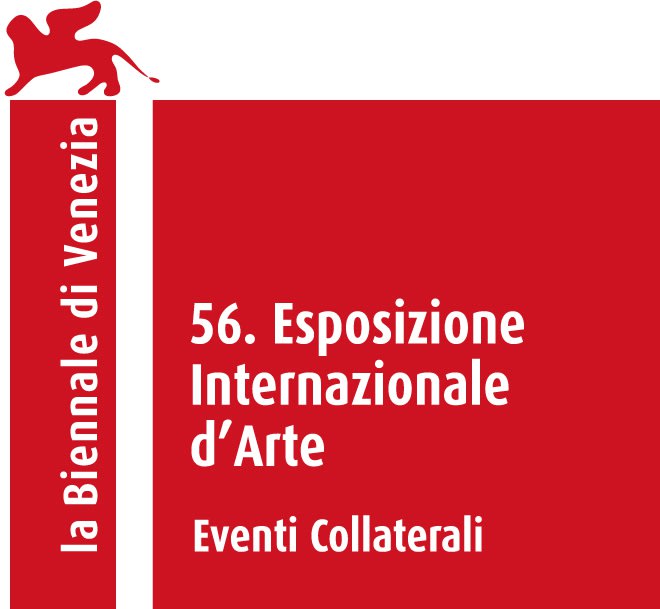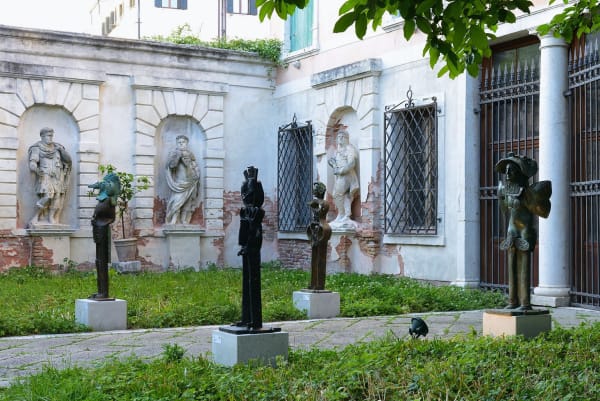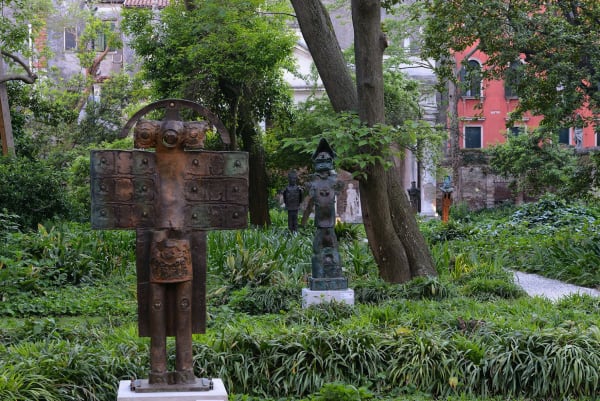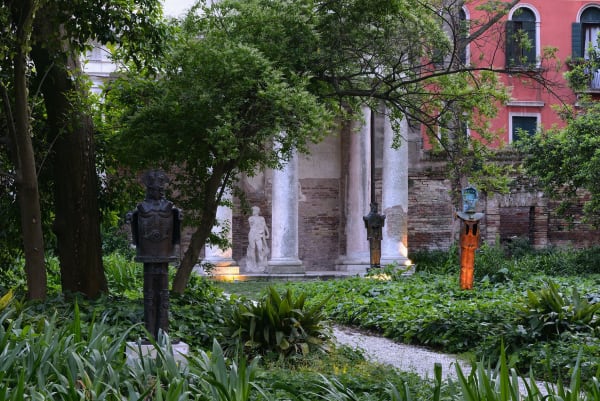 Palazzo Soranzo Cappello, Venezia | Sede Soprintendenza Architettura, Belle Arti e Paesaggio Veneto Orientale.
Palazzo Soranzo Cappello, Venezia | Sede Soprintendenza Architettura, Belle Arti e Paesaggio Veneto Orientale.
Roberto Sebastian Matta
Sculptures
Collateral Event of the 56. International Art Exhibition - La Biennale di Venezia
Garden of Palazzo Soranzo Cappello - Venice
Superintendence of Architectural Heritage and Landscapes Venice, Padua, Belluno and Treviso - MiBACT
opening 8 May 2015- invite only
9th May - 15th October 2015 - free entry
The 56th International Art Exhibition of la Biennale di Venezia homages one of the protagonist of the XX century art: Roberto Sebastian Matta. Included among the official Collateral Events of the 56th International Art Exhibition, this outstanding show - promoted by the Echaurren-Salaris Fondation in collaboration with the Galleria d'Arte Maggiore g.a.m. of Bologna, curated by Flaminio Gualdoni and Alessia Calarota - focuses on the sculptural production of this great artist, in order to permit a more thoughtful interpretation of his all career, in an exclusive exquisite setting of great merit, as the Garden of Palazzo Soranzo Cappello, the headquarter of the Superintendence for the Architectural Heritage and Landscape Province of Venice, Belluno, Padua and Treviso - MIBACT (Minestry for Cultural Heritage and Activities).
«Matta is the one who most pursues his own fate, which maybe is the only way to discover the highest secret of all: the control of fire»: it is with these words that André Breton describes Roberto Sebastian Matta, in 1944. Architect, painter and - what's more - a virtuoso in the use of bronze and metals, it is within his own artistic production that the words of the Surrealist leader are proved to be true: his figures are images of magmatic deepness, hailing back to geological ancient epochs, earthly mythological religions. This great art master controls these forces, he comprehends and shapes them in archetypal figures and structures. It is a dangerous drive that generates the sculptures: they bring us back to volcanic and earthy bursts or to quintessential human questions, that Matta is never tired to investigate. His twisted, contorted figures recall the primitivist nightmares of the Parisian avant garde and will not leave Matta's art until his death. However, it is remarkable that these figures are linked to actual events and not prescribed by the unconscious: unlike many other surrealists, Matta did not use dreams as a subject, instead he worked on political and historical issues. His sculptures resemble ancient gods and goddesses, emerging from a prehistorical and ancient past, from Greece, or maybe Mediterranean or South American cultures: in an eclectic aesthetic we find out how similar are all human archetypes. From animals to mythological figures, from the Philosopher' stone to ancient warriors: even in the titles given it is clear how much Matta loved and comprehended those various heritages. By this, we are allowed to call him the Nomad of art, a globe-trotter wandering on always different paths, coming from his mother country - Chile - and going to the continental Europe and Russia, from Scandinavia to United States. From "Mater Nostrum", a variation on the mare nostrum of his beloved Italy, to "Perù", "Inca" and "Colomberos": through these sculptures and the choice of using bronze, Matta echoes a prehistorical era, especially in this peculiar production that includes pieces such as "Cromagnak" and "Ganesha", up to the "Floricor" and "Margarita" armchairs. This is the reason why Matta is a Master - as Breton said: he pursues his own fate, following his genius and going back to the mythological, mysterious past that preexists all of us. In this long journey he has found the fil rouge that combines all different identities and legacies in a rare and unique artistic profile: Matta forged bronze by an ancient, eternal fire.








